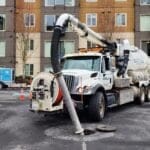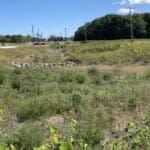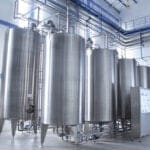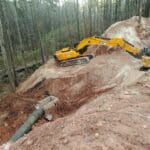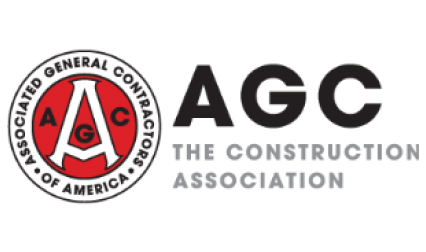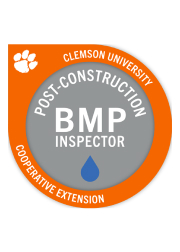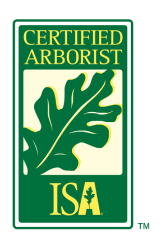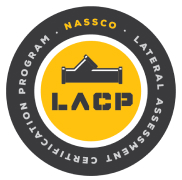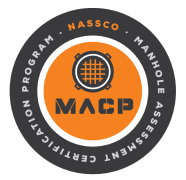Slip Lining
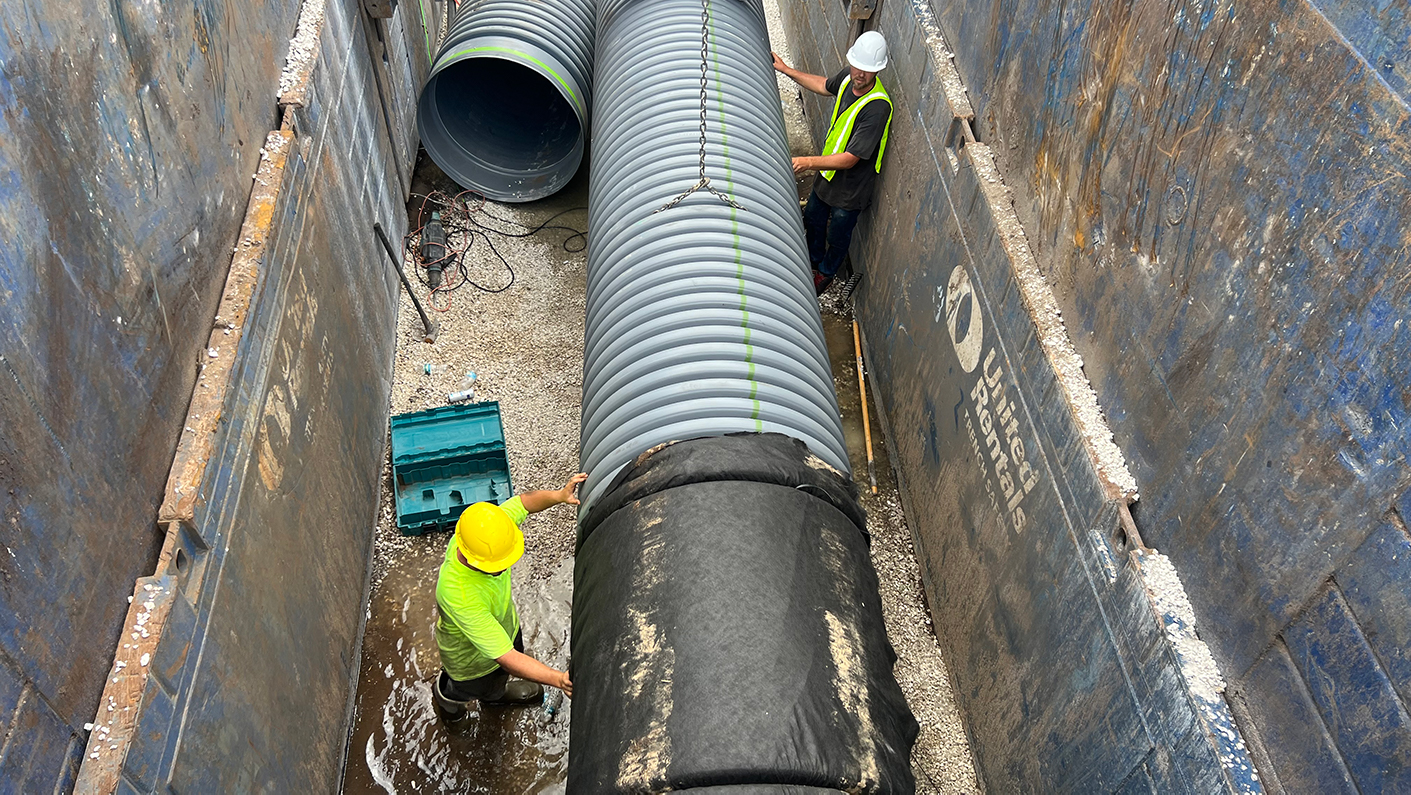
Slip Lining Pipe Repairs
Slip lining is a type of non-invasive, or trenchless, pipe repair where a new, smaller pipeline is inserted into the existing, failing pipeline. This method uses high-density polyethylene (HDPE), or similar material that can be installed in severely damaged pipe.
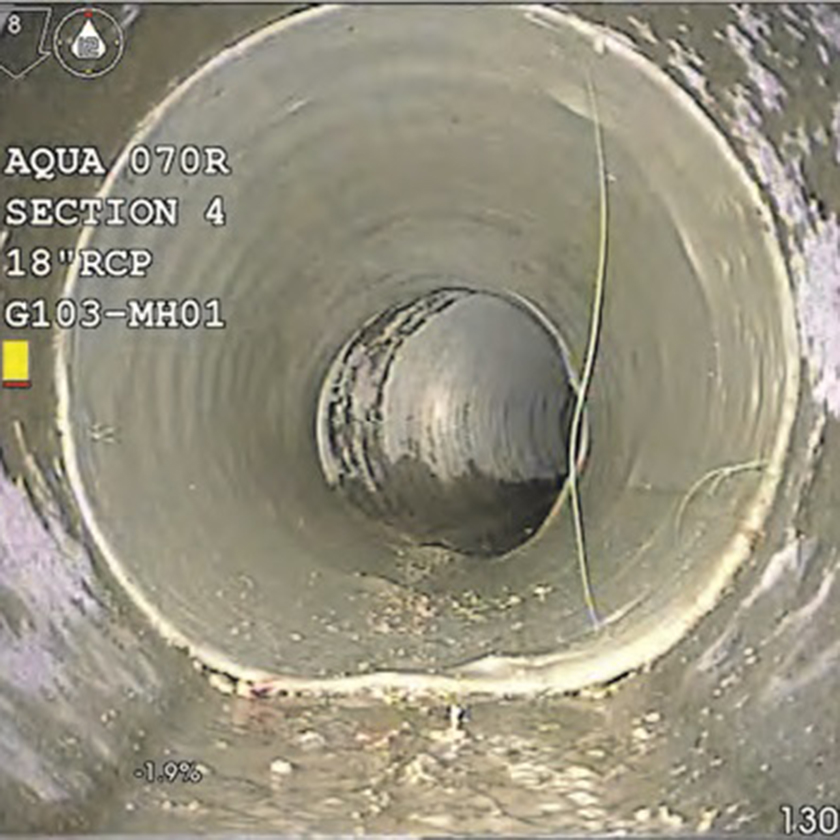
Pipe Lining
Slip lining is the original method of non-invasive pipe repair. It is the appropriate method for repairing extremely damaged, structurally compromised pipe; however, if there are obstructions within the pipe, slip lining may not be the best solution. The flow rate of the pipe needs to be considered, since the pipe diameter is reducing, so calculations are performed to verify that required flow rates are met by considering variables such as roughness coefficients.
This method of pipelining is utilized in scenarios where the pipeline damage is extensive. The liner strength and integrity can vary for the needs of the project. Once completed, the new pipe and old pipe must be sealed together at the beginning and ending of the repair, usually at manholes or junction boxes, to solidify the lining in place. Grouting mixtures are utilized to fill the void space between new and old pipe. Minimal excavation at entry and exit points may be required to allow for HDPE insertion.
This pipelining method also requires cleared pipes meaning diversions may need to be set up to block the flow of water. The pipeline should be clear of water and debris to ensure the new pipe can be inserted easily.
This method is most successful for pipes experiencing roof infiltration, joint separation, corrosion or severe cracks. Slip lining is not ideal for pipeline with bends as the new pipe is not flexible. Slip lining is also not ideal for pipelines with lateral connections as the new pipe is continuous and would cover the connections.
Repairs to Failing Underground Stormwater Devices
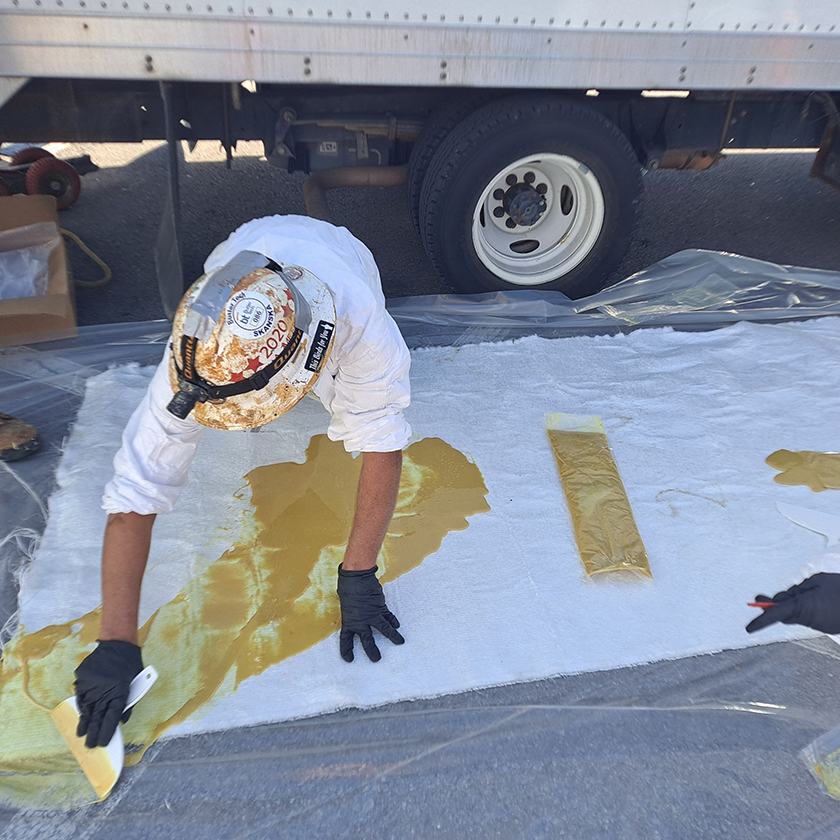
Did you receive an NOV? Have an urgent need? We can help.
Reach out to an AQUALIS representative today.
